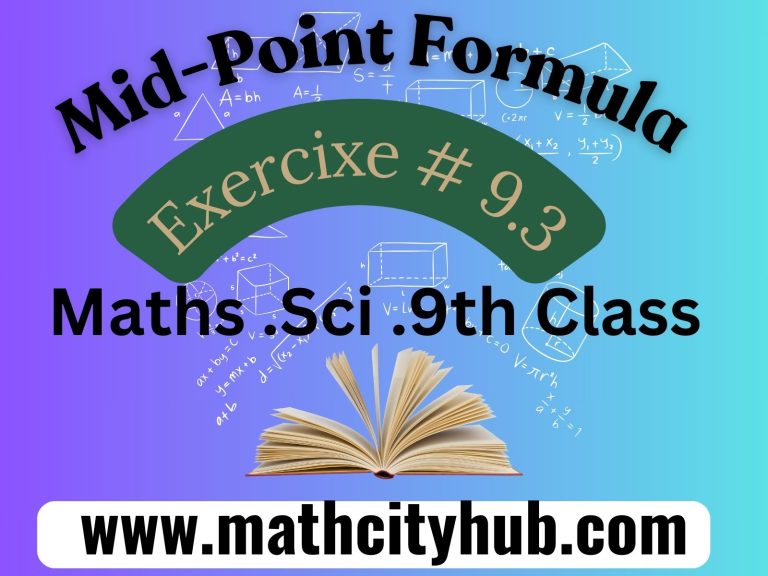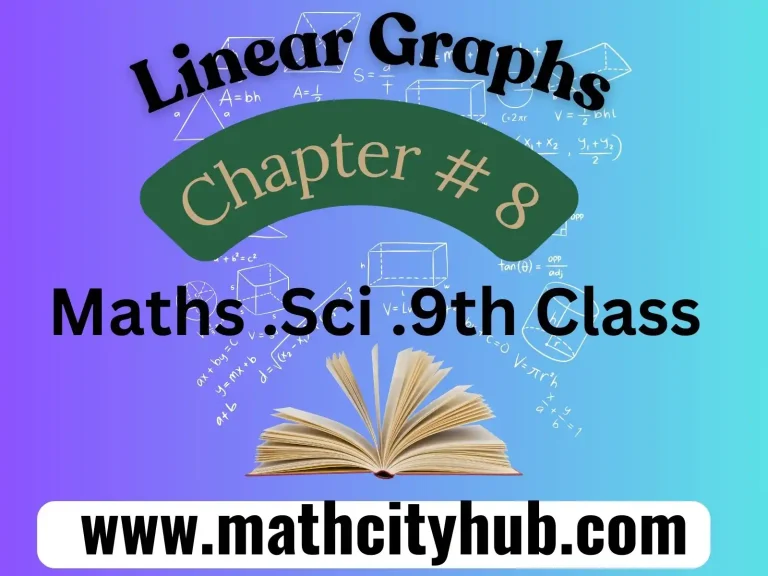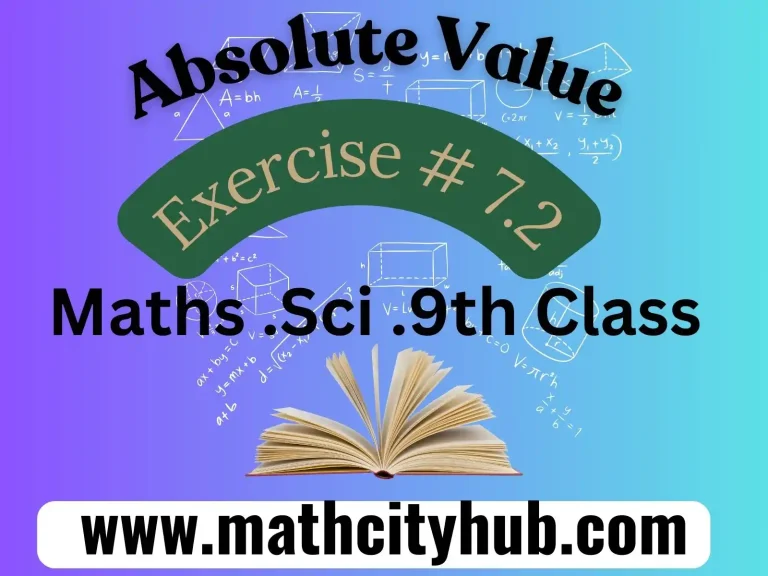Exercise.6.3: Square Root of Algebraic Expression:The square root of a non-negative real number, denoted by the symbol √, is a value that, when multiplied by itself, gives the original number.
In other words, for a non-negative real number ‘a,’ the square root is a non-negative real number ‘b’ such that b * b = a. The square root is represented mathematically as √a, and it is the principal (non-negative) root of ‘a.’
The square root of an algebraic expression involves finding a value that, when squared, yields the original expression. In algebra, this concept extends beyond the square root of a single number to encompass entire algebraic expressions or equations. For an algebraic expression a(x), the square root seeks a function b(x) such that (b(x))2=a(x).
Understanding the square root of algebraic expressions is fundamental in solving equations, simplifying radical expressions, and exploring the roots of polynomial functions. This concept plays a crucial role in various branches of mathematics and is a foundational element in problem-solving and mathematical analysis.
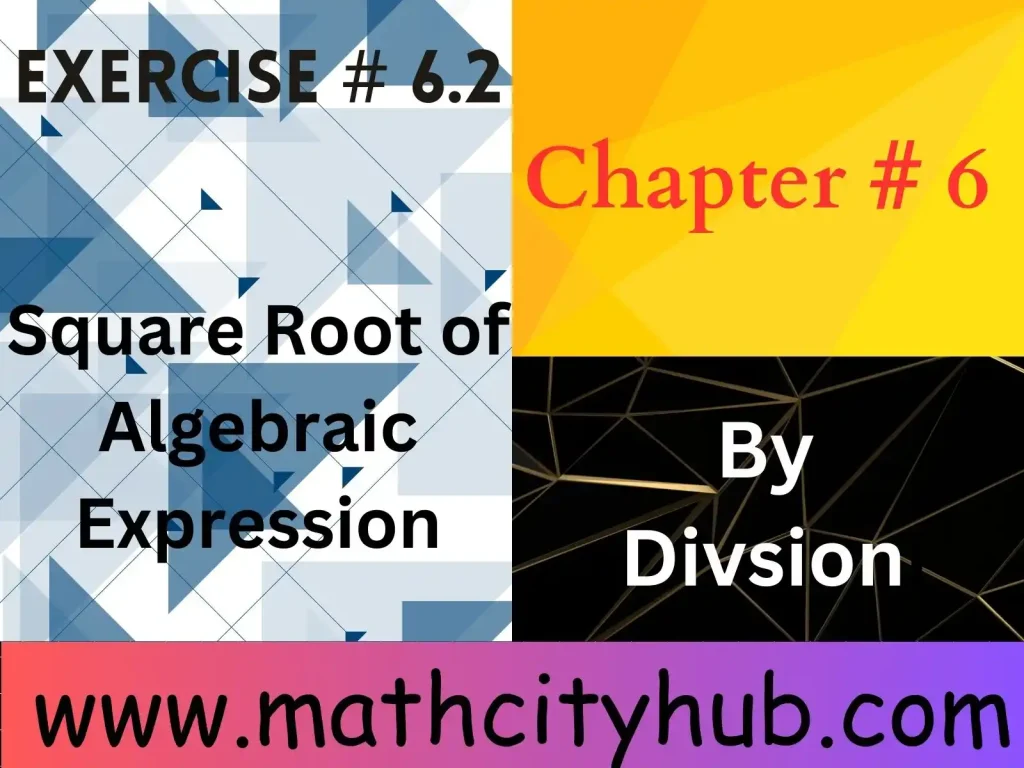
Introduction
To delve deeper into the details of the square root of an algebraic expression, we can explore the process of finding a function that, when squared, equals the original expression. Let’s consider an algebraic expression a(x) and its square root, denoted as b(x).
- Definition:
- For an algebraic expression a(x), the square root b(x) satisfies the equation (b(x))2=a(x). This implies that every term in a(x) is non-negative, as the square root of a negative number is not a real value.
- Principal Square Root:
- Similar to the square root of a single number, the square root of an algebraic expression has a principal (or non-negative) value. It is denoted as a(x) and is the positive square root if a(x) is non-negative.
- Solving Equations:
- The square root is often involved in solving equations. If 2a(x)=b(x)2, one can find solutions for b(x) by taking the square root of both sides. However, it’s important to consider both the positive and negative square roots, as b(x)=−a(x) is also a valid solution.
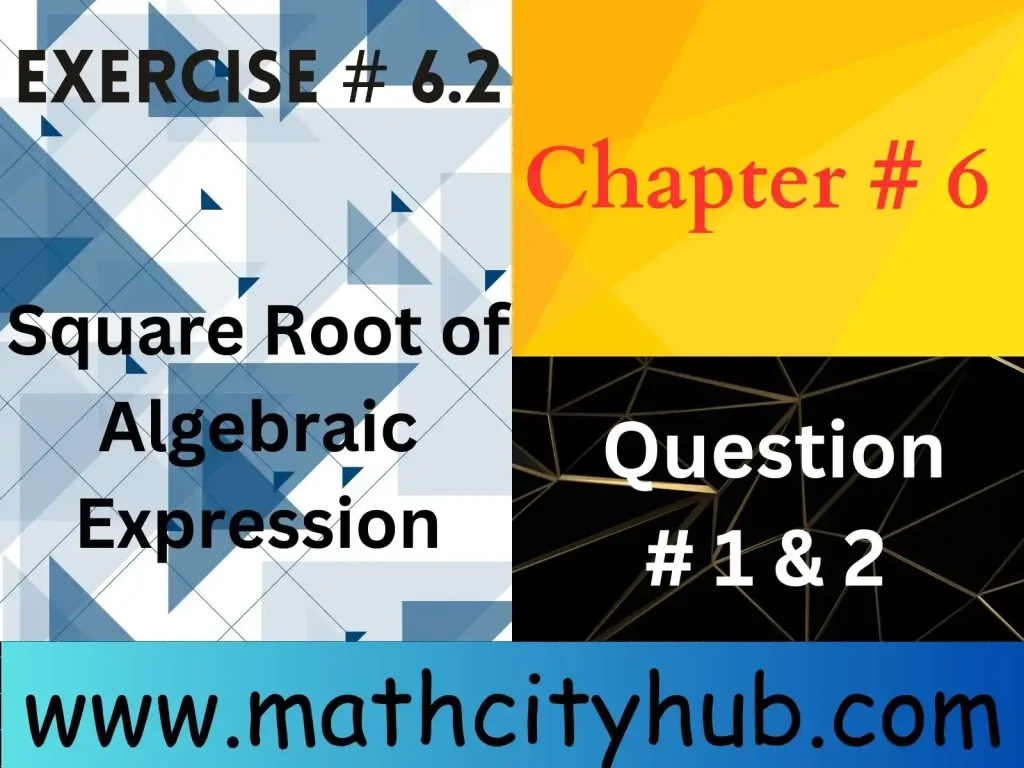
- Radical Expressions:
- Algebraic expressions containing square roots are referred to as radical expressions. These expressions can be simplified by identifying perfect square factors within the radicand (expression under the square root) and extracting them.
- Complex Numbers:
- In some cases, the square root of an algebraic expression may involve complex numbers, especially when dealing with expressions that are negative. Complex conjugates may be used to express these solutions in the form ∣b(x)=±i∣a(x)∣, where i is the imaginary unit.
- Applications:
- The square root of algebraic expressions is widely used in various mathematical applications, including physics, engineering, and computer science. It is essential for solving quadratic equations, analyzing geometric shapes, and understanding the behavior of functions.
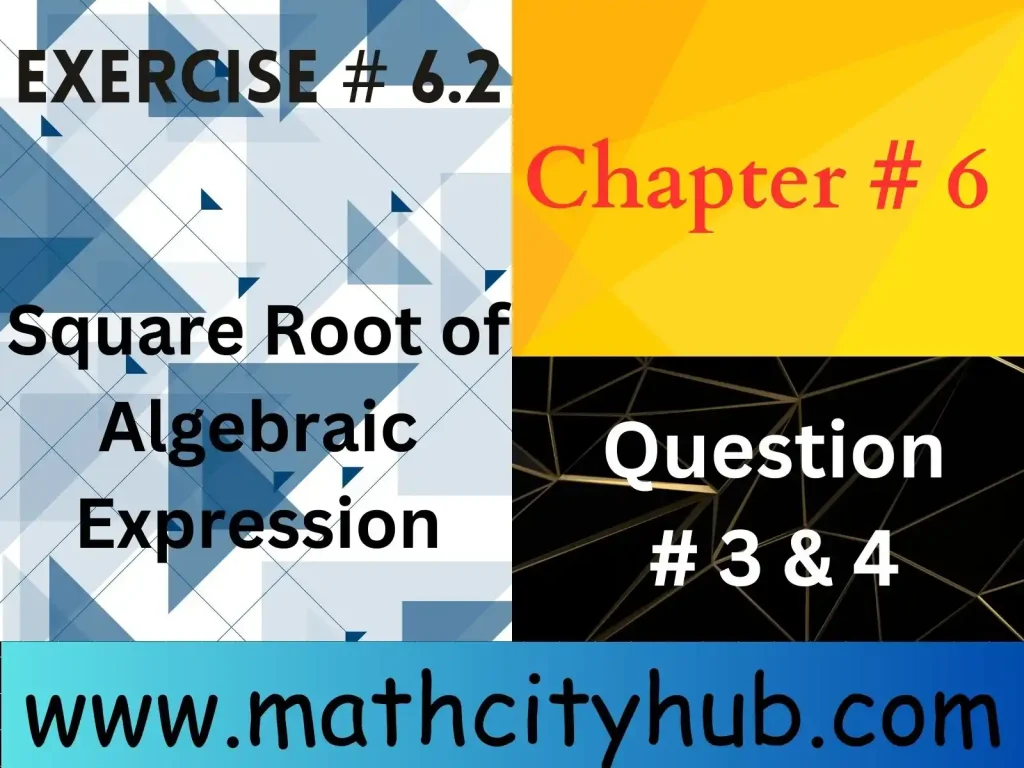
Questions & Answers
A1: The square root of an algebraic expression involves finding a function, denoted as b(x), such that (b(x))2 equals the original expression a(x). In mathematical terms, (b(x))2=a(x).
A2: The principal square root, denoted as a(x), is the positive square root of an algebraic expression a(x) when it is non-negative. It is the primary real-valued solution that, when squared, yields the original expression.
A3: When solving equations involving square roots, both the positive and negative square roots must be considered. For an equation a(x)=(b(x))2, the solutions are b(x)=a(x) and b(x)=−a(x). Both roots are valid solutions.
A4: Radical expressions, which contain square roots, can be simplified by identifying perfect square factors within the radicand. These factors can be extracted, simplifying the expression. For example, 9x2=3x.
A5: The square root of an algebraic expression may involve complex numbers when dealing with expressions that are negative. In such cases, complex conjugates may be used, and the solution is expressed as b(x)=±i∣a(x)∣, where i is the imaginary unit.
A6: The square root of algebraic expressions is widely used in various applications, including physics, engineering, and computer science. It plays a crucial role in solving quadratic equations, analyzing geometric shapes, and understanding the behavior of functions in practical contexts.
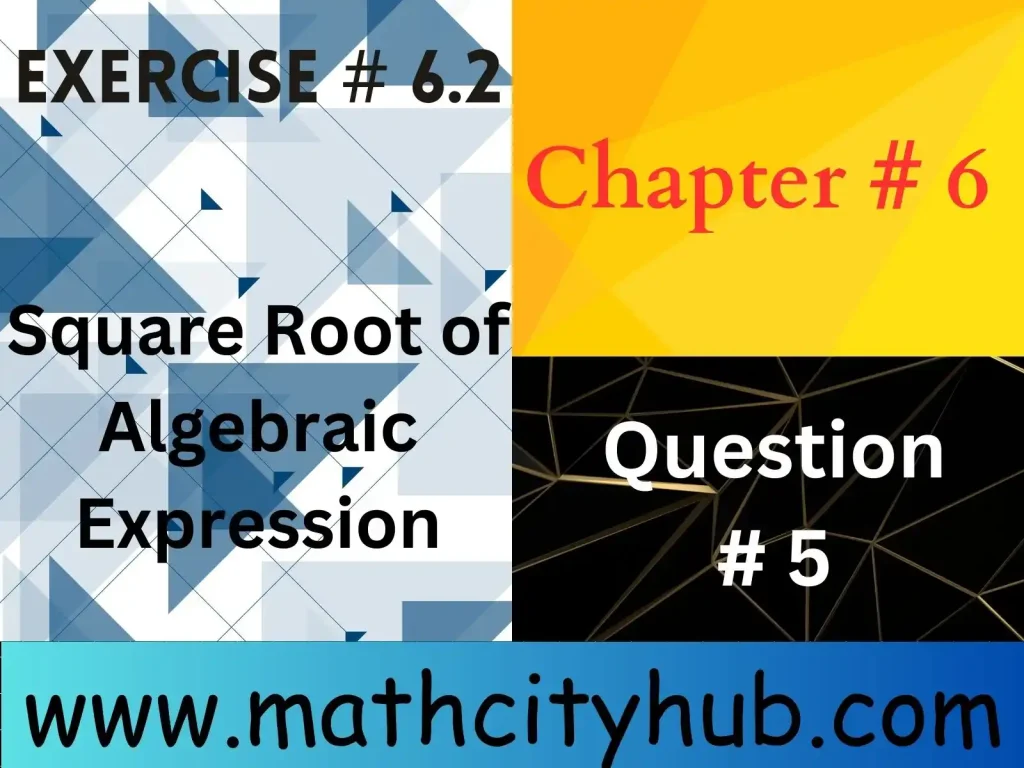
Conclusion
In conclusion, the square root of an algebraic expression is a fundamental concept in mathematics with wide-ranging applications.
This mathematical operation involves finding a function, denoted as b(x), whose square is equal to the original algebraic expression a(x).
The principal square root, represented as a(x), is the positive real-valued solution when the expression is non-negative.
Understanding the square root of algebraic expressions is essential for solving equations, simplifying radical expressions, and exploring the roots of polynomial functions.
The consideration of both positive and negative square roots is crucial in providing comprehensive solutions to equations involving square roots.
This concept extends beyond simple numbers to encompass entire algebraic expressions, making it a versatile tool in mathematical analysis.
Moreover, the square root has practical applications in various fields, including physics, engineering, and computer science.
It aids in solving quadratic equations, analyzing geometric shapes, and predicting outcomes in real-world scenarios.
The involvement of complex numbers in certain cases adds depth to the understanding of the square root, showcasing its versatility in handling a diverse range of mathematical challenges.
In essence, the square root of algebraic expressions serves as a foundational building block in advanced mathematical concepts, contributing significantly to problem-solving and mathematical reasoning across different disciplines.
Must Read:
Exercise.2.2: Properties of Real Numbers
Exercise.2.3: Radicals And Radicands
Exercise.2.4: Law of Exponents/ Indices
Exercise.2.6: Basic Operations on Complex Numbers
9th-Math-Ch-2-Review: Real And Complex Numbers
Exercise.3.1: Scientific Notation
Exercise.3.2: Common and Natural Logarithm
Exercise.3.3: Laws of Logarithm
Exercise.1.6: Solution Of Simultaneous Linear Equations
Exercise.1.5: Multiplicative Inverse a Of Matrices
Exercise.1.4: Multiplication Of Matrices
Math 9th Class Full Book
Exercise #6.3
Azam Bodla
M.Phil. Mathematics, Content Writer, SEO Expert
Web Developer, Online Tutor
Call or WhatsApp: +923059611600
Gmail:azambodlaa@gmail.com

